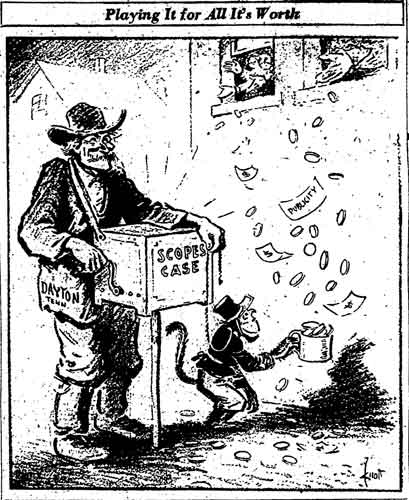talking history | syllabi | students | teachers | puzzle | about us
Historical Thinking Matters
http://historicalthinkingmatters.org
Created and maintained by the Center for History and New Media, George Mason University, and the School of Education, Stanford University.
Reviewed Jan. 2011.
Historical Thinking Matters wraps an ambitious battery of learning goals in an accessible selection of online lesson plans. Emphasizing their larger mission “to teach students how to critically read primary sources and how to critique and construct historical narratives,” a project team headed by the codirectors Sam Wineburg and the late Roy Rosenzweig aims to entice teachers and students with “an inviting set of stories” capable of overcoming the public’s resilient dread of history as a collection of “boring names, facts, dates.”
Not having seen the site used by its target audience, I hesitate to say whether they have realized this aim. But speaking as one who struggles to teach meaningful lessons about the past and who—like everyone reading this review—has endured a boring history class or two, I can testify to the creative work that has gone into its four lessons, each centered on a more-or-less-inevitable element of the high school and undergraduate U.S. history survey: the Spanish-American War, the Scopes trial, the introduction of Social Security, and the Montgomery, Alabama, bus boycott.

Cartoon by John Knott, “Playing for all it’s worth,” Dallas News, July 8, 1925.
Every one of these well-worn stories is easily summarized within the terms of “boring names” history. Each, here, instead becomes an opportunity for essential skill development: Rosa Parks’s arrest, for example, shows up as a lesson in assessing competing narratives; the Scopes trial as a challenge to locate social and political context outside of the facts of the case. Contents—“names, facts, dates”—become the means to an end.
Successful lessons begin with wide-open thinking and end in focused planning—a principle that holds more dramatically true in the face of the Internet’s endless portals to unfiltered information. Historical Thinking Matters takes good advantage of the World Wide Web while ably guiding students to a well-selected few of its most promising doorways. Each lesson deploys six to ten primary documents alongside audio or video footage of historians commenting on one or more of the sources. A warm-up exercise asks students to contrast two of the available sources, and a final assignment presents a broader question to be answered in short-essay format.
With its still-scant selection of lesson plans, Historical Thinking Matters stands more as a prototype for future online history programming than it does as a complete resource for teachers. As the site’s offerings expand in number so too, one hopes, will its capabilities: on a technical level, viewers would benefit from being able to enlarge documents to a readable size in a separate window rather than having to peruse them within the small frame given; in content terms, documentary film footage would enrich the existing sources; pedagogically, some lessons in how to write that essay would aid students facing the blank box on the assignment page. Finally, though, one hopes that teachers themselves, enabled by the techniques championed on Historical Thinking Matters, will take up the opportunity to add to its lessons in ways that work for their particular needs. An additional page on which users might exchange suggestions and advice would round out the site’s admirably conceived selection of techniques for exploiting the democratic possibilities of online learning.
Eric Sandweiss
Indiana University
Bloomington, Indiana
